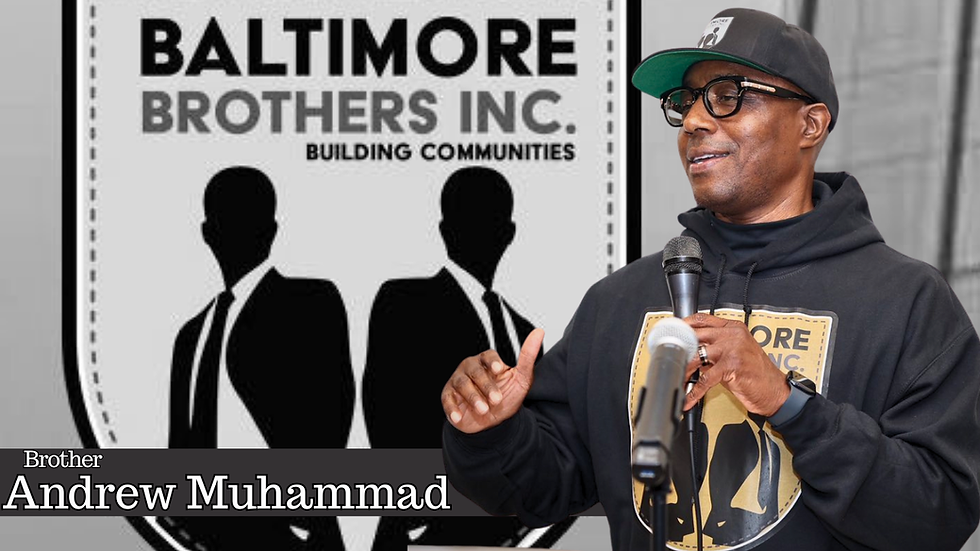America’s Manufacturing Decline, China’s Rise, and the Missed Opportunity to Build a United Global Workforce
- Brother Levon X

- Apr 14
- 3 min read

Over the last few decades, the United States has experienced a slow but serious decline in its manufacturing sector, a shift that has impacted not only the economy but its global standing. What was once a nation known for building everything from steel to electronics has now become dependent on countries like China to produce the very goods it consumes daily.
While many Americans continue to feel the effects of this change through job loss and rising costs, there’s a deeper story to tell—one that includes missed opportunities, systemic discrimination, environmental neglect, and a lack of vision.
In the 1950s, manufacturing accounted for more than 35% of private-sector jobs in the United States. Factory towns were thriving. Middle-class families were able to own homes, raise children, and save money—all on blue-collar wages. But fast-forward to today, and manufacturing jobs have dropped to just over 9%, with only about 12.8 million workers in the field. The decline didn’t happen overnight. It was the result of decades of outsourcing, corporate profit-seeking, automation, and a refusal to adapt to a changing global economy.
Meanwhile, China moved strategically. After joining the World Trade Organization in 2001, China began building itself into a manufacturing superpower. The government heavily invested in infrastructure, technology, and worker training. China offered low-cost labor, easy access to raw materials, and economies of scale that Western companies could no longer match.
By 2023, China’s manufacturing output reached $4.66 trillion, which made up 29% of the entire world’s manufacturing value. To put that in perspective, China’s manufacturing power now exceeds the next four countries combined.
But the U.S. didn’t just fall behind because China rose. America made choices—political, social, and economic—that weakened its ability to compete. Policies driven by profit and short-term thinking prioritized Wall Street over working-class people. Environmental neglect, such as failing to honor trees, protect green spaces, or build sustainable systems, added to the damage. On top of that, structural racism in hiring practices, wage gaps, and lack of access to job training prevented countless people—especially Black and immigrant workers—from contributing to the rebuilding of American industry.
Instead of creating a united and inclusive workforce that welcomed skilled foreigners and people of color into manufacturing leadership, many American companies clung to outdated hiring practices and exclusionary policies. Racism wasn’t just a moral failing—it became an economic one. Skilled immigrants who came to America with engineering degrees, technological knowledge, and a strong work ethic were often underemployed or left out of critical sectors.

Black workers were frequently passed over for advancement, even in cities where factories thrived. If America had embraced diversity as a strength rather than a threat, the country could have built a globally respected, multicultural industrial base that set the standard for the 21st century.
This shortsightedness caught up to the United States. Many communities were gutted when factories closed. Small businesses that once relied on American-made goods had no choice but to source from overseas.
Young people lost interest in trade work because the systems that supported it were no longer there. Meanwhile, China continued to rise—not just in production power, but in innovation, education, and global influence. America, once viewed as the leader of the free world, began to lose its credibility.
And this isn’t just about economics. It’s about respect, responsibility, and vision. Trees are a symbol of life, patience, and long-term growth. America ignored that symbol—chopping down industries, displacing workers, and disregarding nature for fast profits. Racism acted like a disease in the roots, weakening the system from the inside. If the country had nurtured its own soil—inclusively and sustainably—it could’ve grown something lasting and great.
The lesson now is not just to bring back jobs, but to bring back values. The U.S. still has the chance to invest in clean manufacturing, support minority entrepreneurs, honor the environment, and treat all workers with dignity.
That means rewriting policies that exclude, rethinking who we call “qualified,” and replanting seeds that include everyone—Black, Brown, immigrant, poor, and working-class Americans alike.
Manufacturing can still be a bridge, not just to economic revival, but to moral renewal. But that bridge can only be built if it stands on justice, equity, and shared purpose.
Sources & Citations:
• The Wall Street Journal: “How the U.S. Lost Its Place as the World’s Manufacturing Powerhouse”
• CSIS China Power Project: “China’s Manufacturing Power”
• Center for Strategic and International Studies: “China Dominates Global Manufacturing”
• Wired Magazine: “Why It’s Impossible for Most Small Businesses to Manufacture in the US”
• MarketWatch: “This chart shows the dramatic shift in global manufacturing over 30 years”





Comments